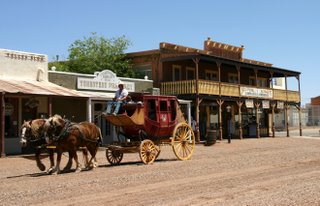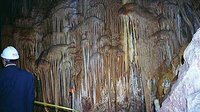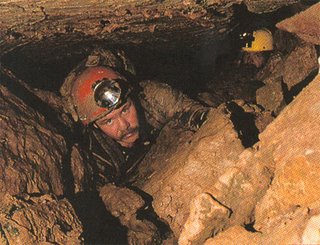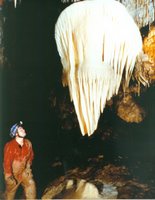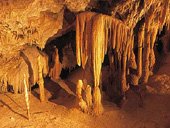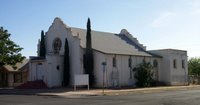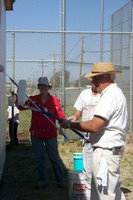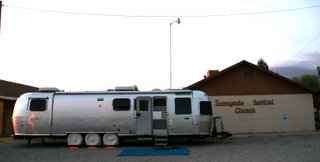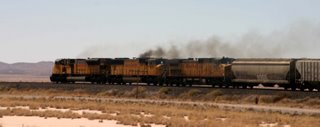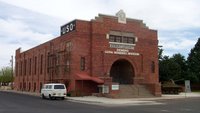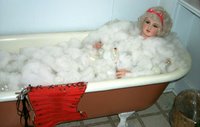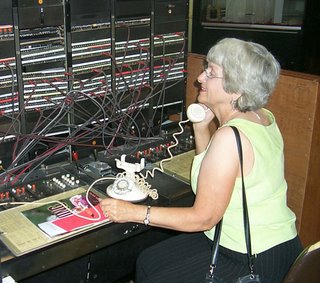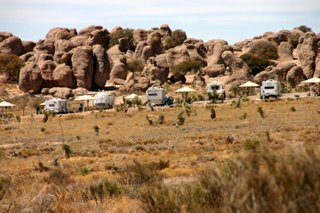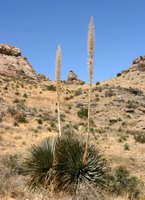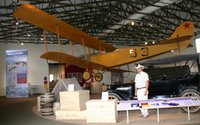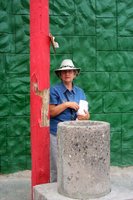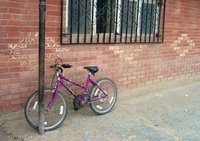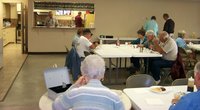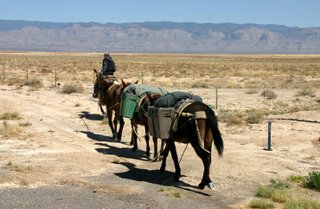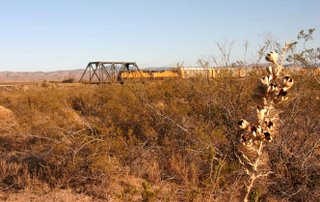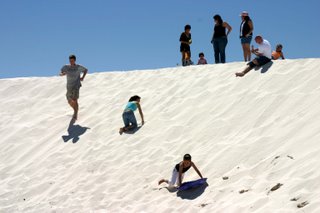Shootout at the O.K. Corral
This is the famous place where Wyatt Earp, his two brothers, Virgil and Morgan, along with Doc Holliday, had it out with the McLaury and Clanton brothers. The McLaury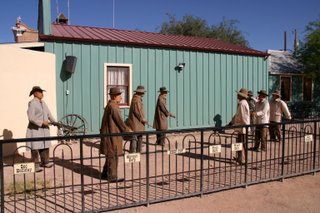 s and Clantons were cowboys who thrived on rustling. They had had several previous conflicts with the lawmen Earps.
s and Clantons were cowboys who thrived on rustling. They had had several previous conflicts with the lawmen Earps.
Doc Holliday was a tubercular former dentist; ironically he had moved to Arizona for his health. He found gambling and gunslinging more challenging than dentistry. He was one of the most feared fast-draws in the West, and was as deadly with a knife as with a gun. He was never outdrawn. The Earps found him to be a friend of convenience. Doc's paramour, Big Nose Kate, was one of Tombstone's most famous madams. She would outlive Doc by 53 years. Note the photo of the saloon named for her.
After a couple of days of drinking, gambling, threats and counter-threats, the Earp boys and Doc walked down the street determined to end the feud with the McLaurys and Clantons once and for all. The two factions engaged at the O.K. Corral at 3:00 p.m. on October 26, 1881, and the rest is history. The Earps and Doc proved to 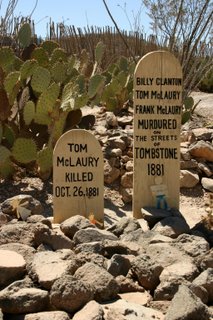 be the better shots, and the end of that story may be found at Boot Hill Cemetary. Ike Clanton ran from the battle, but his brother, Billy and the McLaurys died at the scene. When the gunbattle ended, Virgil, Doc and Morgan were wounded but lived to enjoy bragging rights. Wyatt Earp was the only one unscathed.
be the better shots, and the end of that story may be found at Boot Hill Cemetary. Ike Clanton ran from the battle, but his brother, Billy and the McLaurys died at the scene. When the gunbattle ended, Virgil, Doc and Morgan were wounded but lived to enjoy bragging rights. Wyatt Earp was the only one unscathed.
Wyatt Earp was no saint, nor were the women he married. He was handsome, tough and bold. He also had a dark side. He was a drinker and a gambler, who was bitter concerning the death of his first wife and often took it out on others. That b itterness intensified after brother, Morgan, was shot in the back a couple of months after the O.K. Corral incident. Wyatt killed several men whom he believed to be involved in his brother's death. Because of the controversy that surrounded him in Arizona, he headed for Alaska in 1882. Later he would settle into a more peaceful life in California, where he died in 1929 at the age of 80. He was able to sell himself to the movie industry as an advisor, and reportedly coached a young actor named John Wayne. Virgil Earp, a U.S. Marshall with integrity, was much more a model of excellence than was his famous brother. However, since Wyatt lived longer than all of his gunslinging contemporaries, he could provide his version of his life's story to his Hollywood friends. His home in Tombstone still stands.
itterness intensified after brother, Morgan, was shot in the back a couple of months after the O.K. Corral incident. Wyatt killed several men whom he believed to be involved in his brother's death. Because of the controversy that surrounded him in Arizona, he headed for Alaska in 1882. Later he would settle into a more peaceful life in California, where he died in 1929 at the age of 80. He was able to sell himself to the movie industry as an advisor, and reportedly coached a young actor named John Wayne. Virgil Earp, a U.S. Marshall with integrity, was much more a model of excellence than was his famous brother. However, since Wyatt lived longer than all of his gunslinging contemporaries, he could provide his version of his life's story to his Hollywood friends. His home in Tombstone still stands.



